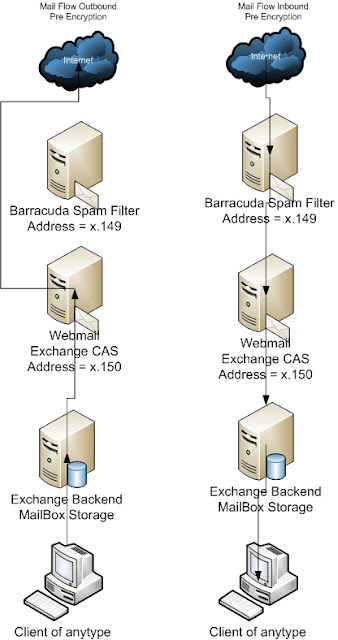I live in a farmhouse built in the 1860s, and while no house is rodent impervious, we definitely have our fair share. Recently, we have had problems with 2 different rats. One was stealing fruit from our fruit bowl, while the other was eating potatoes saved from the summer harvest.
I had set some traps to eliminate these rodents from stealing food and leaving droppings laying around. The problem was the rat was stealing any bait I used that was just sitting on the trigger in the traditional manner. To resolve this I started to use bait that I tied to the trigger.
Rats are particular and cautious about their food, so in my case it was easy to use a needle and thread to sew the grapes and a chunk of potato to the trigger.
After doing this the rat started setting the trap off and not stealing the bait, but was also not getting caught in the trap. I tried several different traps over the course of a few days and all of them would get set off with no rodent caught.
After talking to some people who have lived in old houses far longer than myself, I was able to develop a solution that could be easily installed on existing traps models that would make them more lethal. I would take small nails and place them through the trap pointy side up in a manner that doesn't impede the normal operation of the trap.
Since using these customized traps, they have killed the rats the first time they were triggered. It seems before the rats were actually getting caught in the trap and escaping. With the nails sticking out of the trap, the rat gets caught on the nail while trying to escape, so even if the manage to get out of the clamp, they end up tearing themselves on the nail and die within a foot or two of the trap by bleeding out.
Unfortunately it means this method is a little more violent, but is the only way I have found to successfully permanently remove the rodents.







